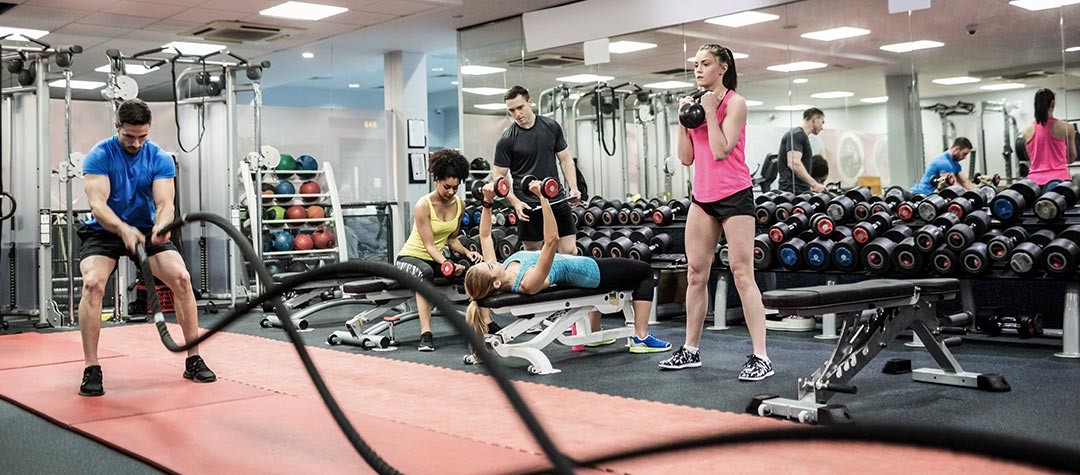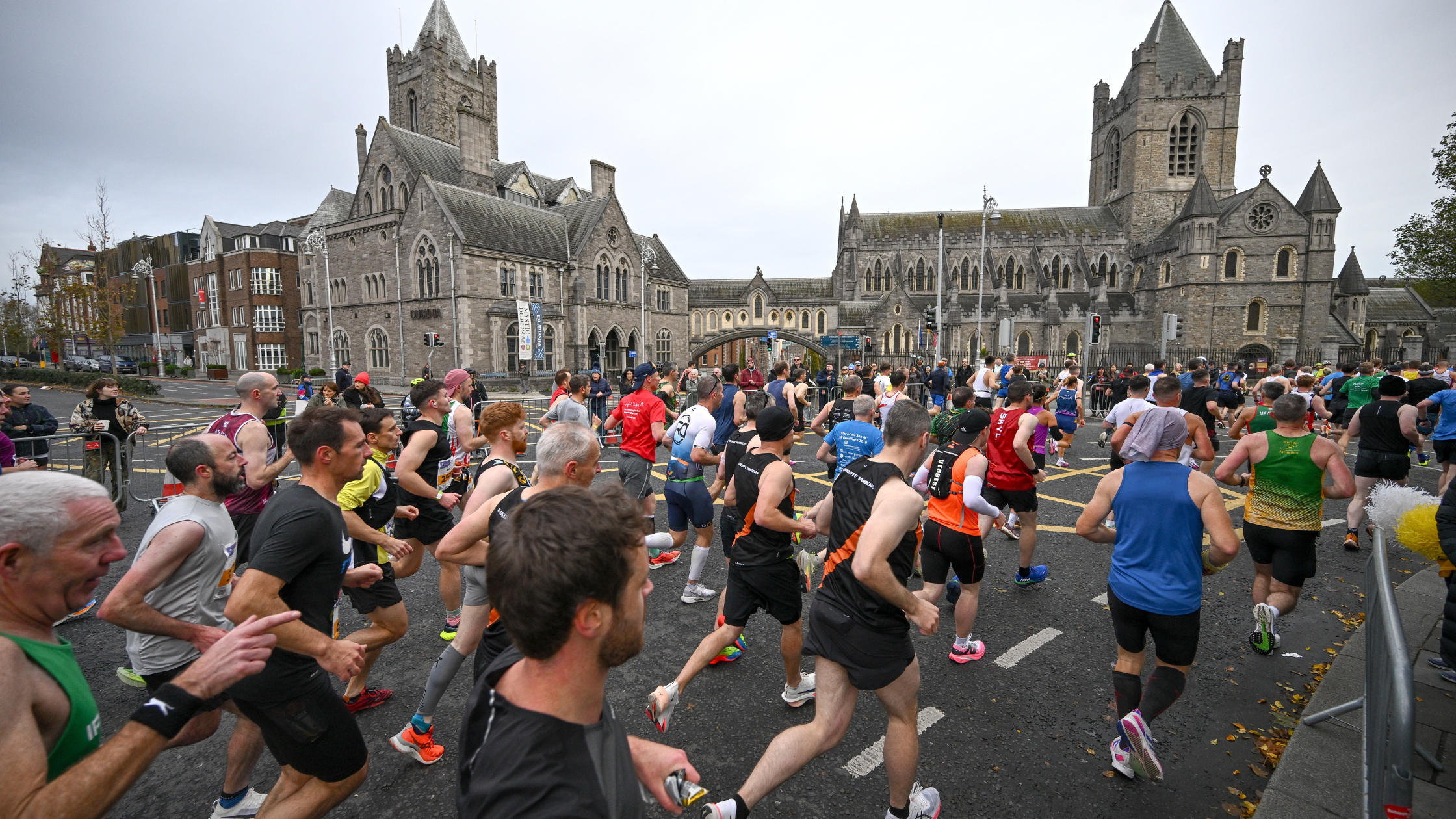When you set running goals, you imagine your life will be full of running, which it will. But your training should also include different activities, because cross training will help your fitness, strength, speed and be good for the soul.
Cross training for runners refers to aerobic activities that accompany a training programme. Activities like swimming , cycling and weight training are probably the most popular forms of cross training. How many sessions a week you do depends entirely on you and how you want to incorporate it into your training schedule. Many runners question the importance of cross training and ask why it matters. Their argument is that to run long distances, the only way to do it is to build up methodically and run lots of miles/kilometres, which is true. But to improve your strength, speed and injury resistance, cross training is the key to continued success. Read on to find out how cross-training can help your running...
1. Avoid the boredom
One of the most important benefits of cross training is that it keeps you sane. Running around the same park or neighbourhood is bound to become slightly boring after a while and a change of scenery is essential. Jumping on the bike or hitting the pool, is great for the body and soul, will keep you mentally fresh and will stop you losing your running motivation.
2. Muscle balance
This is so important for runners who have great strength in their running muscles, but not necessarily elsewhere. This imbalance can be rectified by working the weaker areas, while you rest your running muscles. Think about working different muscle groups in different ways, with the objective that all of them combine to form a very strong whole. Enhancing their strength and connectivity will help reduce the risk of injury. Runners tend to succumb to the same kind of injuries over and over again, but a stronger body will be able to withstand greater stresses and strains.
3. Weight loss
Focusing on other parts of your body can tone you up and lead to weight loss. Runners tend to be weak in their upper body and core, but while running is a great way of burning calories, so is swimming, cycling and rowing. Remember, these activities will burn calories and trim inches in different areas of your body.
4. Injury rehabilitation
If you pick up a running injury that requires rest and recuperation, you could still train in other areas.
Depending on the nature of your injury, swimming, cycling and non-weight bearing activities are all great ways of maintaining aerobic fitness while you sit out the running drills. If you want to mimic the effect of running without the stress on the damaged muscle or joint, water running is a great alternative, without the weight-bearing element. You could also try the elliptical machine or the bike for a terrific cardio workout.
5. Go faster
Cross training supplements a runner’s skills in various ways, but the main areas that really benefit are increased flexibility, efficiency, power, strength and stamina. Runners who are stronger and run more efficiently, will get faster. It is also worth bearing in mind that if you stay injury free and continue to train properly, you will get more miles/kilometres under your belt and as a result, you will get quicker.
6. Active recovery
Getting the balance right in terms of rest and recovery is always a dilemma for runners who want to push on to the next level. But runners who cross train for active recovery will get fitter than runners who don’t. Why? Because while rest is important, if you do exercise on a day off, the hours immediately after that workout will be when your body leaps into recovery mode and repairs any muscle damage and glycogen replenishment. The more efficient the body becomes at this, the greater the potential for the runner. You are stimulating blood flow to tired muscles, flushing out any lingering toxins and getting fitter.
7. Enjoy other sports
You can transfer some of the skills you’ve developed as a runner into other areas. If you have built up a base level of endurance as a runner, then it is possible to take that stamina onto the exercise or road bike and enjoy the benefits. If you can run happily for 2 hours, you will be able to cycle for at least that long and have plenty left in the tank. It will make you feel good about your fitness as you begin to see the emerging athlete.
Take the quick cross-training test to see if any of these apply to you:
- Are you bored with your current training regime?
- Have you suffered any exercise related injuries recently?
- Do you miss out stretching and rarely find time to relax after your exercise regime?
- Apart from running, the other two most common activities for cross-training (in aerobic fitness) is cycling and swimming. Do you like these activities?
- Do you feel like being more challenged in your training?
- Do you want to feel stronger? Do you suffer with poor posture or back ache? Do you want to keep your bones strong and healthy?
If you answered 'yes' to any of these questions then cross-training could really help. It helps make you a more rounded exerciser and balances your training. Why not look at your training now and consider how much cross-training will be beneficial to you and to your running.
















